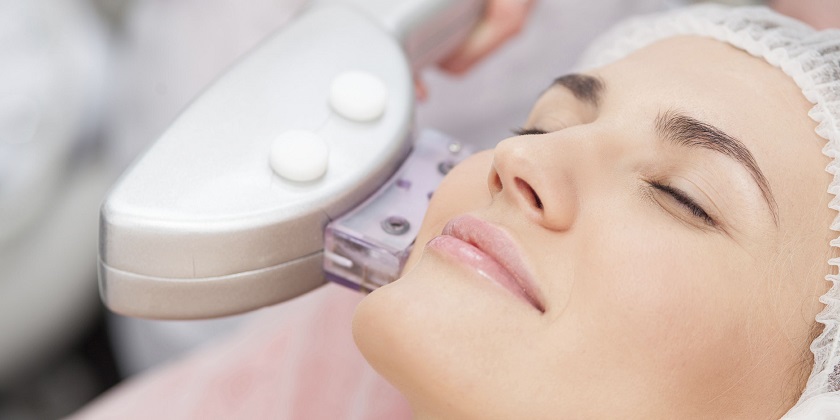- Home
- Laser Resurfacing

What is laser skin resurfacing?
Laser skin resurfacing is a type of skin care procedure performed by a dermatologist or physician. It involves using lasers to help improve skin texture and appearance.
Depending on your individual needs, your dermatologist may recommend either ablative or non-ablative lasers. Ablative lasers include carbon dioxide (CO2) or Erbium. CO2 laser resurfacing treatments are used to get rid of scars, warts, and deep wrinkles. Erbium is used for finer lines and wrinkles, along with other superficial skin concerns. Both types of ablative lasers remove outside layers of the skin.
Non-ablative lasers, on the other hand, don’t remove any skin layers. These include pulsed light, pulsed-dye lasers, and fractional lasers. Non-ablative lasers may be used for rosacea, spider veins, and acne-related skin concerns.
Keep reading to learn more about how the procedure works, why it’s done, possible side effects, and more.
Who should get this procedure?
You might consider this procedure if you have age-, sun-, or acne-related skin care concerns that aren’t treatable with over-the-counter (OTC) products.
Laser skin resurfacing can be used to treat one or more of the following skin concerns:
- age spots
- scars
- acne scars
- fine lines and wrinkles
- crow’s feet
- sagging skin
- uneven skin tone
- enlarged oil glands
- warts
Your natural skin tone can also determine whether this is the best type of cosmetic procedure for you. People with lighter skin tones are often good candidates because they carry a reduced risk for hyperpigmentation.
However, the American Board of Cosmetic Surgeons (ABCS) says that it’s a misconception that laser skin resurfacing is for light skin only. The key is working with a dermatologist or physician who knows which types of lasers work best for darker skin tones (e.g., Erbium lasers).
This procedure may not be suitable for people with active acne breakouts or excessive sagging skin.
ABCS also recommends getting this procedure done during fall or winter. This can help decrease sun exposure, which can damage delicate skin.
What to expect from the procedure
Laser skin resurfacing targets the outer layer of your skin while simultaneously heating the lower layers in the dermis. This will promote collagen production.
Ideally, new collagen fibers will help produce new skin that is smoother in texture and firmer to the touch.
The procedure involves the following steps:
- Before laser skin resurfacing, your skin needs to be prepared. This involves a series of treatments done several weeks prior to the procedure. The purpose is to increase your skin’s tolerance to professional treatments. It can also decrease your risk for side effects.
- On the day of the procedure, your doctor will apply a topical anesthetic to the area being treated. This is used to reduce pain and make you more comfortable during the procedure. If a large area of skin is being treated, your doctor may suggest a sedative or pain killers.
- Next, the skin is cleansed to remove any excess oil, dirt, and bacteria.
- Your doctor begins the treatment, using the selected laser. The laser is moved slowly around the designated area of skin.
- Finally, your doctor will dress the treatment area in wraps to help protect the skin at the end of the procedure.

